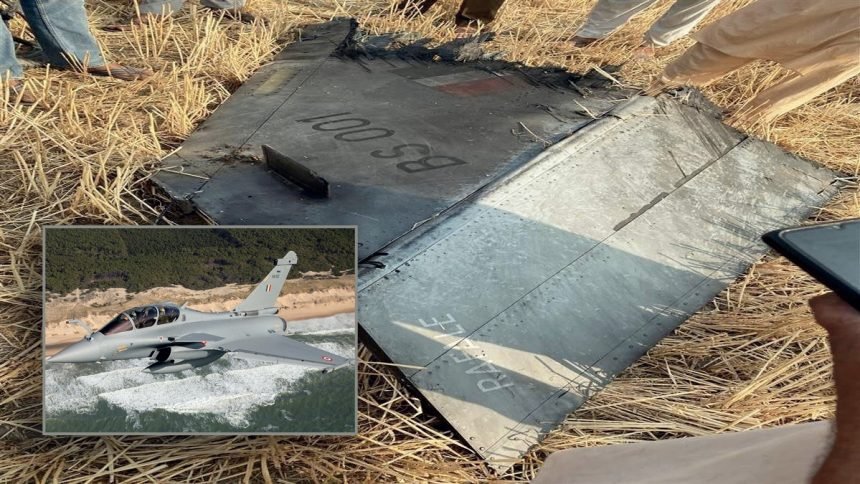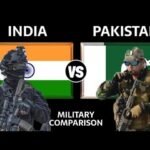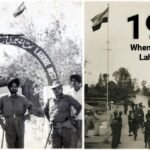How many rafales were shot down?
How many Indian jets has Pakistan shot down?
Which is more powerful, F16 or Rafale?
How many Rafale jets are there in India?
The Dassault Rafale fighter jet, built by France, has become a powerful symbol of modern military capability and political debate. As a twin-engine multirole fighter, the Rafale is used for air superiority, ground support, reconnaissance, and even nuclear deterrence. While it has proven its value on the battlefield, it has also landed in the center of geopolitical and diplomatic controversy particularly in South Asia.
In 2016, India signed a deal with France to purchase 36 Rafale jets in a government-to-government agreement worth about $8.7 billion. The Indian government defended the deal by citing the urgent need to modernize its air force, especially after rising tensions with Pakistan and China. The Rafale jets were seen as a game-changer due to their advanced radar, electronic warfare systems, and long-range missiles like the Meteor and SCALP.
India officially inducted the first batch of Rafale jets into its Air Force in 2020, stationing them at Ambala and Hasimara Airbases. Since then, Rafale jets have been used in regular patrols near the Pakistan and China borders, signaling India’s growing air power.
During the India-Pakistan tensions post-Balakot airstrikes in 2019, India argued that Rafale jets could have given it a major edge if they were already part of the fleet. Although Rafales were not used in that conflict, their future deployment is clearly aimed at deterring both Pakistan and China.
Pakistan has responded cautiously, upgrading its air fleet with Chinese J-10C jets and Turkish drones. The India-Rafale partnership has, however, added fuel to the ongoing arms race in the region.
In recent months (2024–2025), new controversies have emerged. Independent reports and media investigations alleged irregularities and hidden commissions in the Rafale deal, especially involving middlemen in the negotiations. Some political parties in India revived old claims that the deal favored private firms and bypassed competitive procedures. The accusations have once again turned the spotlight on the deal’s transparency.
In response to these reports, France officially issued a statement through its Ministry of Armed Forces, saying:
“The Rafale deal with India was conducted through a transparent, government-to-government agreement. All procedures were followed in full compliance with international and national laws. France stands by the integrity of this partnership and sees the Rafale as a symbol of strategic trust between France and India.”
France further denied any wrongdoing or secret payments, adding that both Dassault Aviation and French defense authorities were open to cooperation if any formal inquiries were launched.
Despite these reassurances, the controversy continues to simmer, especially in Indian political debates and media circles. Meanwhile, India continues to operationalize the full fleet of Rafales by 2025, conducting joint exercises and strengthening its regional dominance.
In conclusion, the Rafale jet is more than just a fighter aircraftit is a political tool, a diplomatic symbol, and a source of national pride and criticism. As its use increases along the India-Pakistan border, and as controversies linger, the Rafale will remain a key player in South Asia’s evolving defense dynamics.



